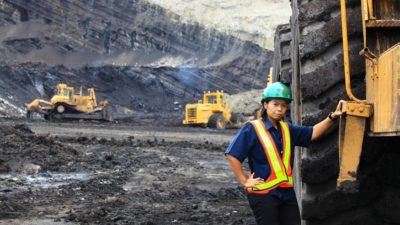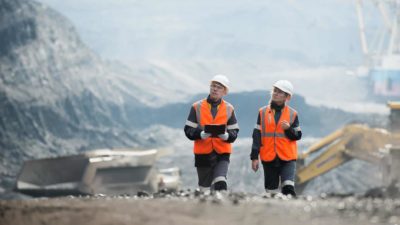Key points
- Today is the first day the 'unified' BHP is trading on the ASX
- The Big Australian now only calls Australia home after ditching London listing
- What does a unified BHP mean for the ASX?
It's a big day on the ASX for the 'Big Australian'… BHP Group Ltd (ASX: BHP) has today claimed its place as the largest ASX company on the share market. Yes, BHP was always a heavy hitter in terms of ASX market capitalisation.
But because of this company's dual-listing structure, its size was split between the ASX listing and its old listing on the London Stock Exchange.
The 'Big Australian' now only calls the ASX home
No more. Last year, BHP announced that it would be ending the 20-year status quo that was initially triggered by the old BHP buying the London-listed Billiton back in 2001. Today is the culmination of this 'unification' process.
Ditching its London listing means that the company now only lists primarily on the ASX. There will still be secondary BHP listings in London, New York and Johannesburg. But these will only represent ownership of the ASX-listed shares.
This comes after BHP announced earlier this month that the company has received the approval of all groups of shareholders to unify BHP's dual-listed share structure. The British government also gave the proposal the green light earlier this month, which cleared the way for unification to take place today.
So today is the first day that all BHP shares trade on the ASX.
This morning, the company released an ASX announcement confirming this process. BHP told investors that anyone who held the London-listed BHP plc (LON: BHP) shares will have them replaced with new BHP shares on the ASX. These will trade on a deferred settlement basis until 2 February. Until then, the replacement shares will trade under the ticker code 'BHPN'. But after 2 February, all BHP shares on the ASX will revert to the standard 'BHP' ticker.
So how has the BHP share price reacted to unification today? By falling 2.51% at the time of writing to $45.74 a share, that's how. But even so, expect to see a lot of BHP shares trading on the markets today.
What does a unified BHP mean for the ASX 200?
So how will a unified BHP affect the S&P/ASX 200 Index (ASX: XJO)? Well, it is a fairly dramatic change.
For starters, Commonwealth Bank of Australia (ASX: CBA) has had to relinquish its crown as the ASX's largest share, perhaps permanently. Before today, CBA was the largest ASX share on the markets by quite a large margin, commanding an 8.2% or so weighting in the ASX 200 as opposed to BHP's 6.9%.
But now that BHP's London shares have come back to the ASX to roost, we can flip this equation. For example, the BetaShares Australia 200 ETF (ASX: A200) has already updated its holdings and now lists BHP as its largest share with a weighting of 11.6%. CBA is a distant second with its 8% weighting.
That makes sense. BHP's ASX-listed market capitalisation now stands at $237.21 billion, whereas CBA remains at $162.35 billion.
So from today, any ASX exchange-traded fund (ETF) covering the ASX 200 Index will now have a lot more exposure to BHP shares than it did last week. For an index known for its bank-and-miner dominance, we just got a whole lot more 'miner'.









